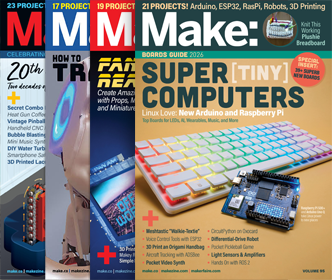Beautiful 18th-century cometarium
This mechanical model of a comet’s orbit, based on the action of elliptical gears, is dated to 1766, and is housed at Harvard’s Putnam Gallery. From which:
This apparatus was designed to demonstrate how the speed of a comet varies in its orbit according to Kepler’s law of equal areas. The comet Benjamin Martin chose for this instrument is Halley’s Comet, which goes around the Sun every 75 1/2 years. Martin began producing cometaria before Halley’s Comet made its predicted return, and so was betting that Halley would prove correct in his theory.
Interestingly, the device turns out to be not an entirely accurate demonstration of Kepler’s second law. Physicist Martin Beech of the University of Regina has studied the history and mechanics of cometaria at great length. His clearinghouse page is an excellent source of detailed information.







